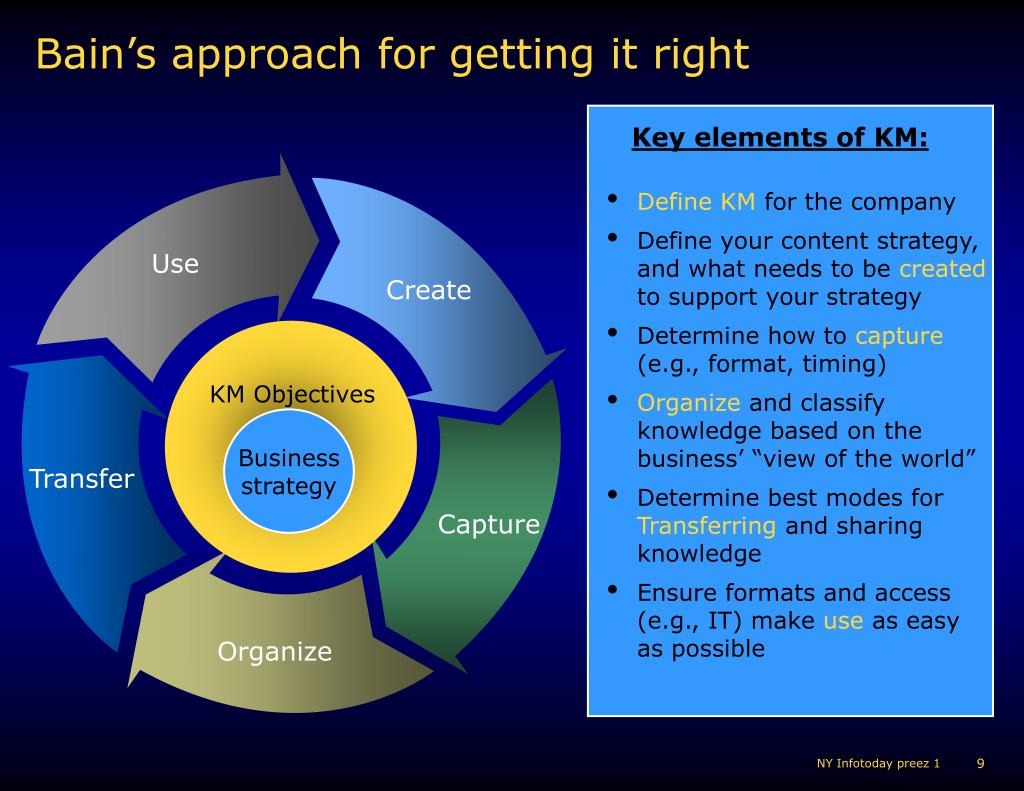

However, if an Agree role is assigned, they can’t be ignored by the Recommend role. If Agree changes their mind after an initial agreement, it becomes too late to change their mind. Also, keep in mind that Agree roles can veto the Recommend’s ideas, but the Decision-maker is still the sole decider. They are the most useful for situations where a legal or regulatory decision needs to be made, as these decisions will require external sign-off before moving forward. In contrast, Agree roles should be assigned sparingly. Without a good recommendation, it’s impossible to make a good decision. This is important both for Recommenders who propose solutions or initiatives, and Deciders who assign Recommenders to ensure a successful decision process. This role will have broad visibility and access to the most relevant information so that they can make the best recommendation possible. When assigning roles, it’s important to only have one Recommend role. Management then decides whether or not to greenlight this proposal, and then commit the organization to the change. Once you’ve identified the roles, workshop your proposal with the key stakeholders until you come up with the right solution, then take that to the decision-maker.įor instance, the decision could be a new three-week turnaround window for each new project should be enough to not get backlogged, and a new hire could provide a more sustainable, long-term solution. In this case, you’ll need input from graphic design on what’s a more reasonable runway, and agreement from the sales team so they can retool their promises to clients. Work with them to decide who will provide input and need to agree with your proposal. The graphic design team is backlogged and needs more of a runway to finish deliverables on time.ĭetermine who needs to make the decision on the solution, in this case, the project manager who assigns and schedules graphic design’s timeline. So for example, let’s say you identify a workflow issue at your office. Hold yourself accountable to ensure there’s appropriate follow-through.


Once you have agreed on the decision taken, assign execution roles and commit your organization to the action. But it will ultimately be up to other roles, for instance, the executive team to make the final decision. For instance, you’ll want input from creative, sales, and marketing teams on whether a new product is worth the investment. The input and agree roles are important here, and should be relevant to the final decision. For instance, if you are trying to decide your next product to launch, select key decision-makers and recommenders who will pitch proposals to the decision-makers.ĭuring the in-action phase, present and discuss the facts, then debate and decide on the best decision. You will also gather recommendation inputs during this phase. In the pre-decision phase, select the key decision-maker and pinpoint the topic of decision. There are three steps to the RAPID decision-making process: pre-decision, in the action, and upon decision. You need to greenlight whether or not you’re going forward with the promotion before you can decide who will lead the endeavor, how it will be enacted, and when it will be launched. For example, say you need to make a decision on whether to launch an upcoming marketing initiative. From there, the how and when will clarify the tasks and corresponding timeline. First, determine “What” needs to be decided and assign “Who” will play each role. The RAPID system assigns roles to team members to clarify and speed up the decision-making process. And for more resources like this, check out our Bain's Management Toolkit (Part 1) and Bain's Management Toolkit (Part 2). Empower your team to make better decisions with Bain’s RAPID Framework. Today’s changing world means your business needs to be more focused, decision-driven, and innovative than ever before. Companies that excel at decision-making grow 5.5 times more profits before taxes and return 4 times more to shareholders than those that don’t.


 0 kommentar(er)
0 kommentar(er)
